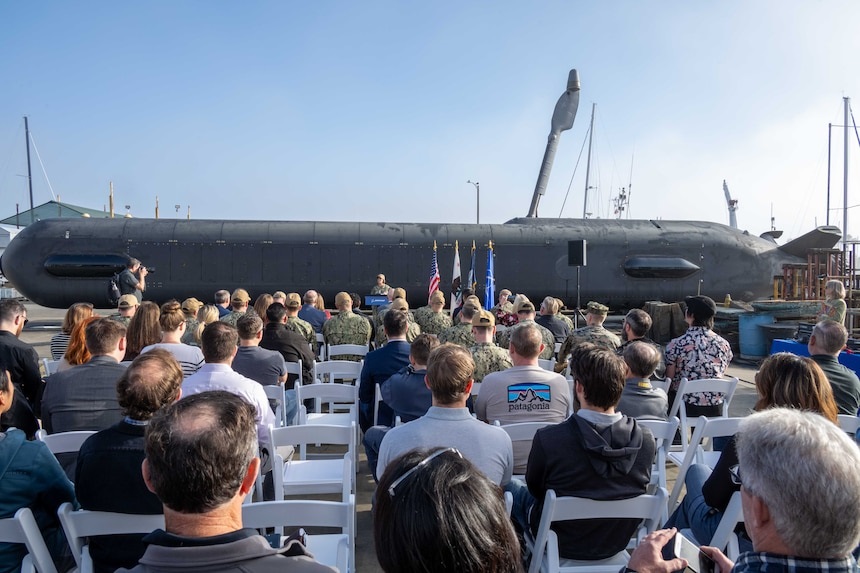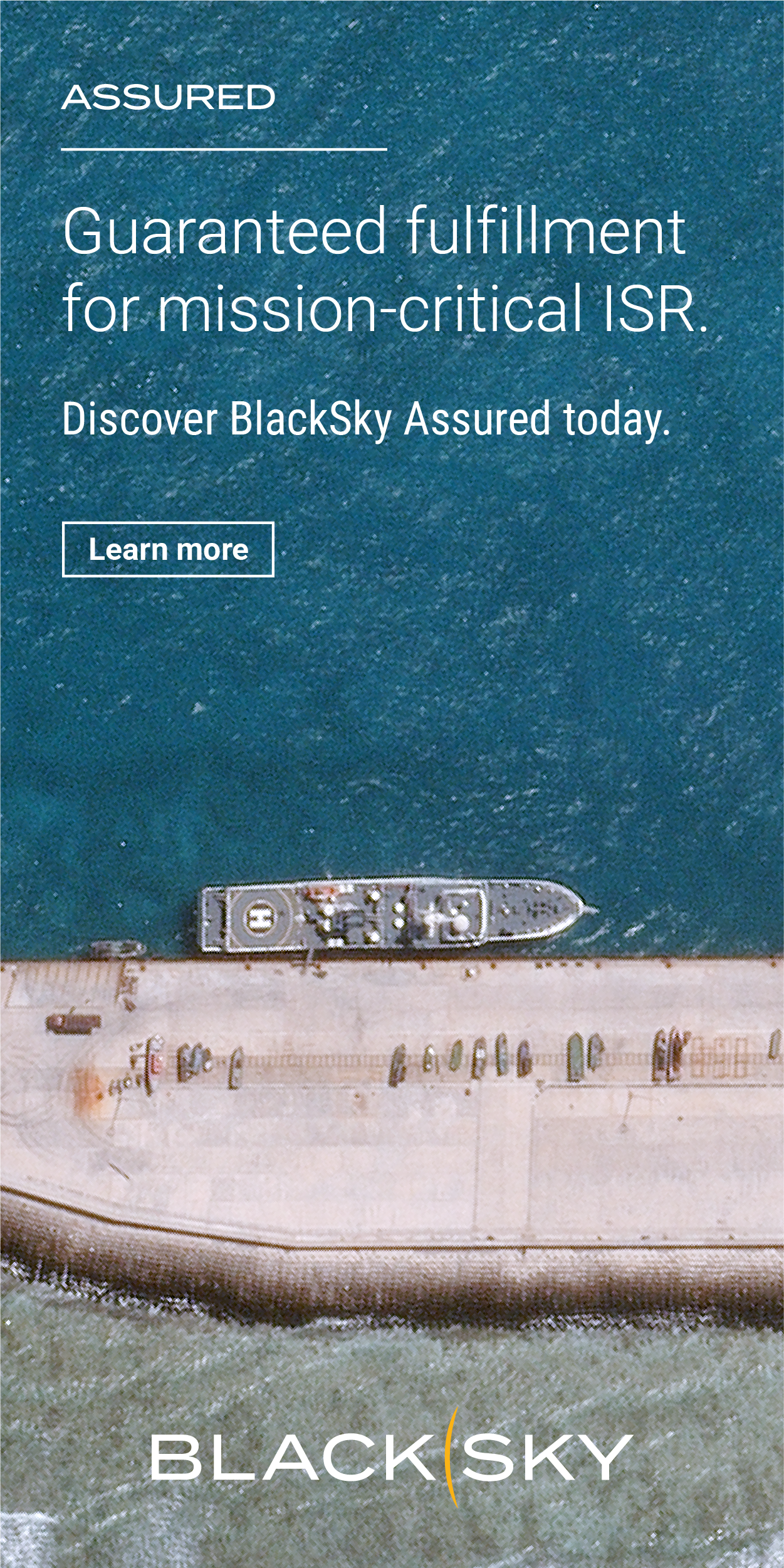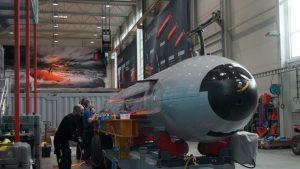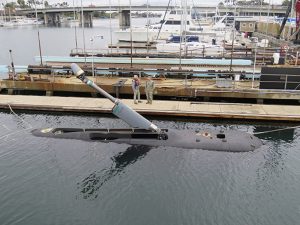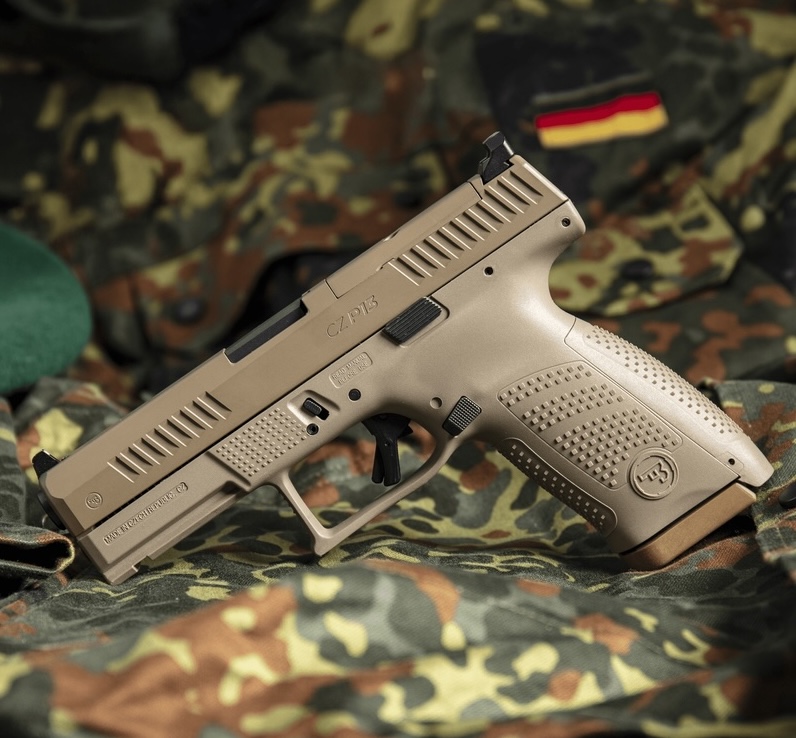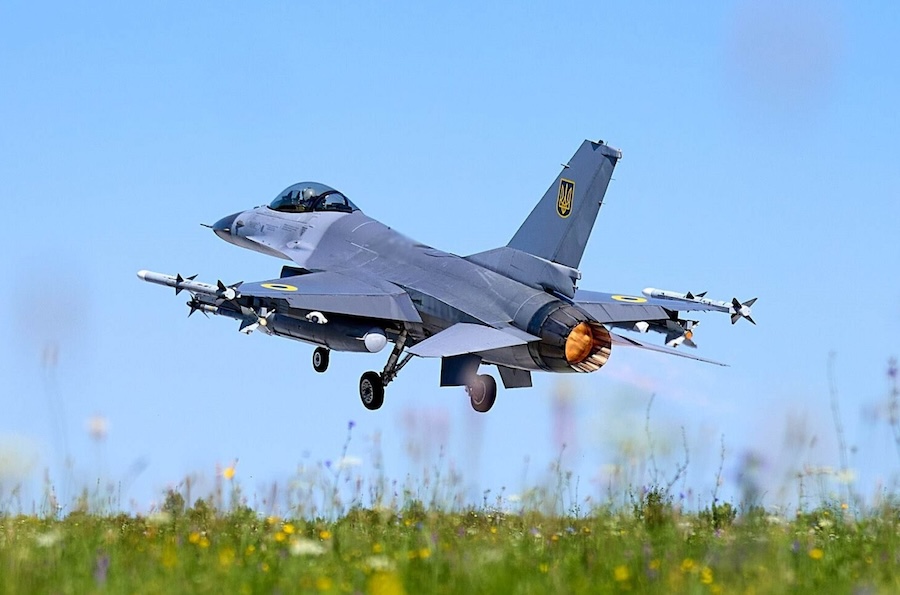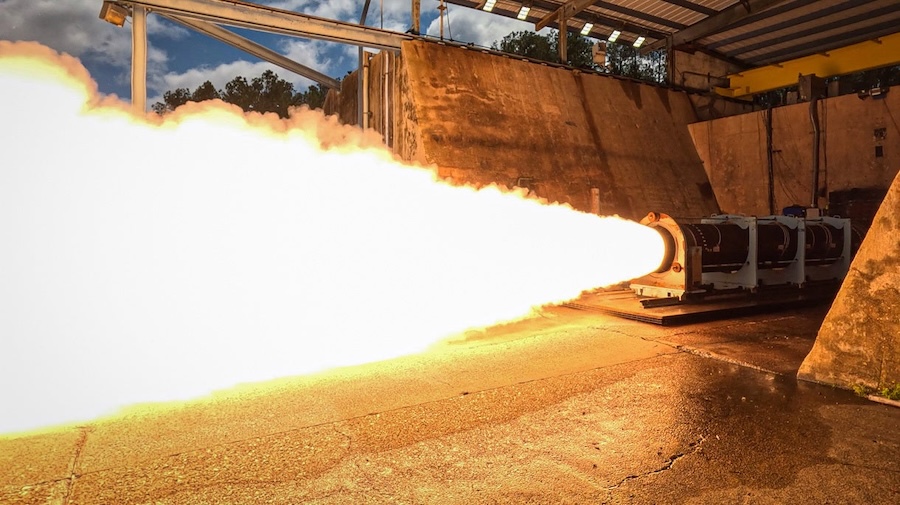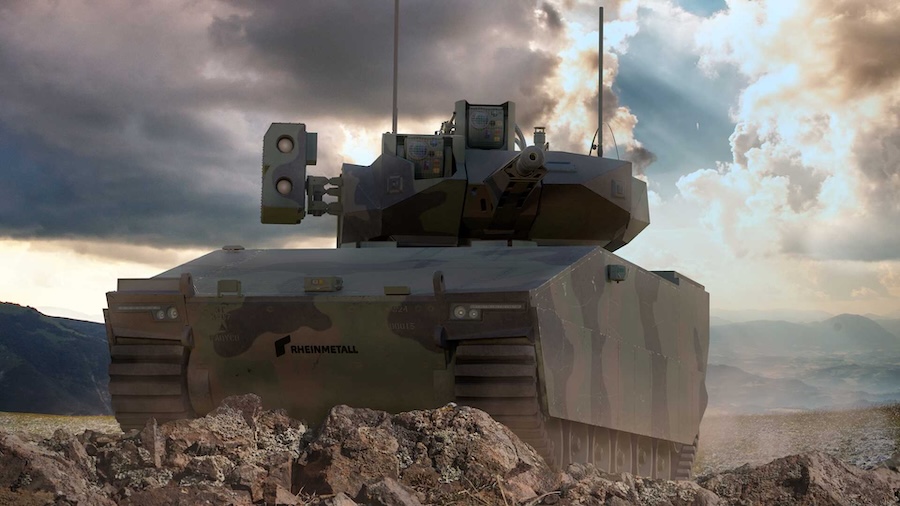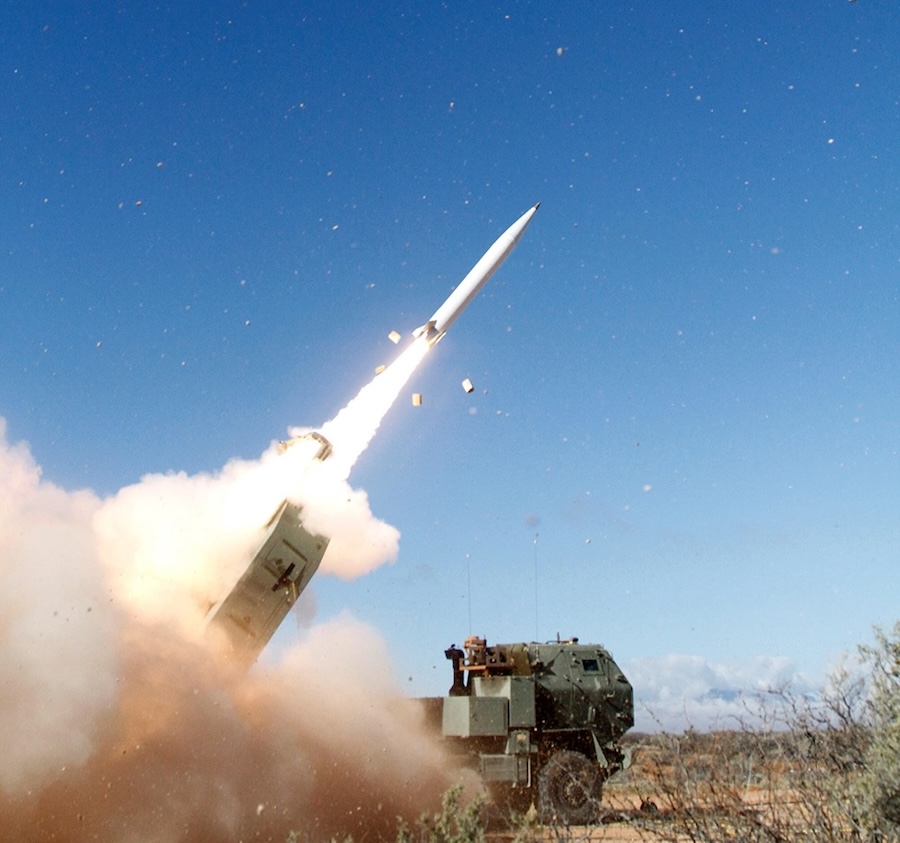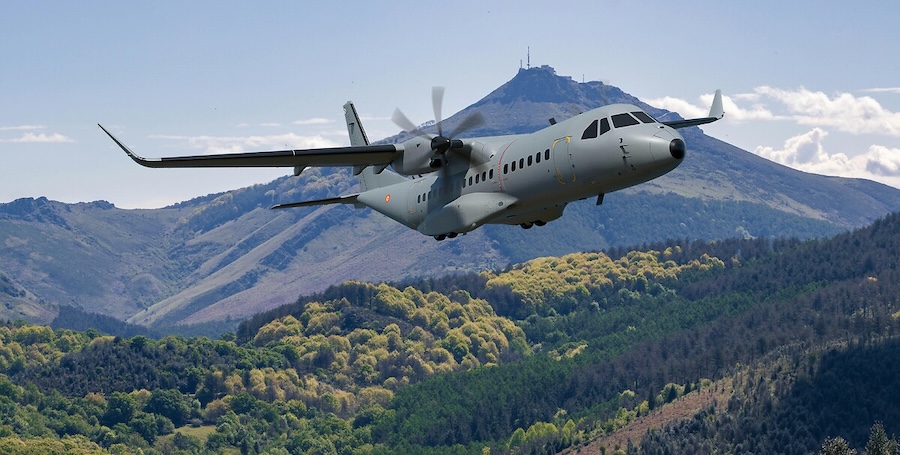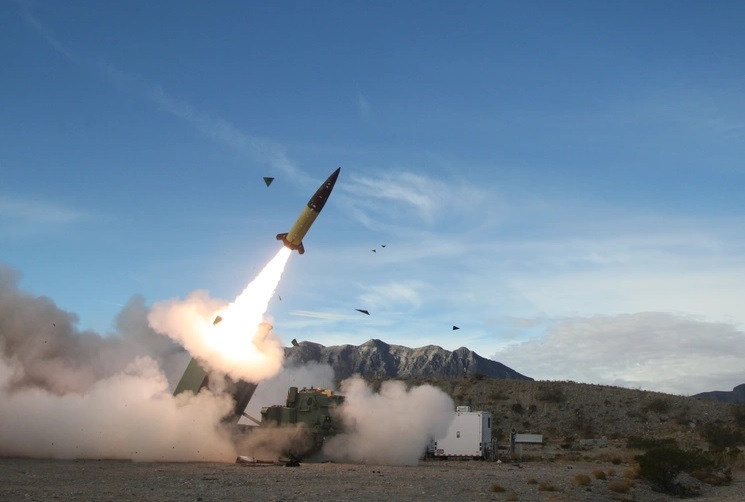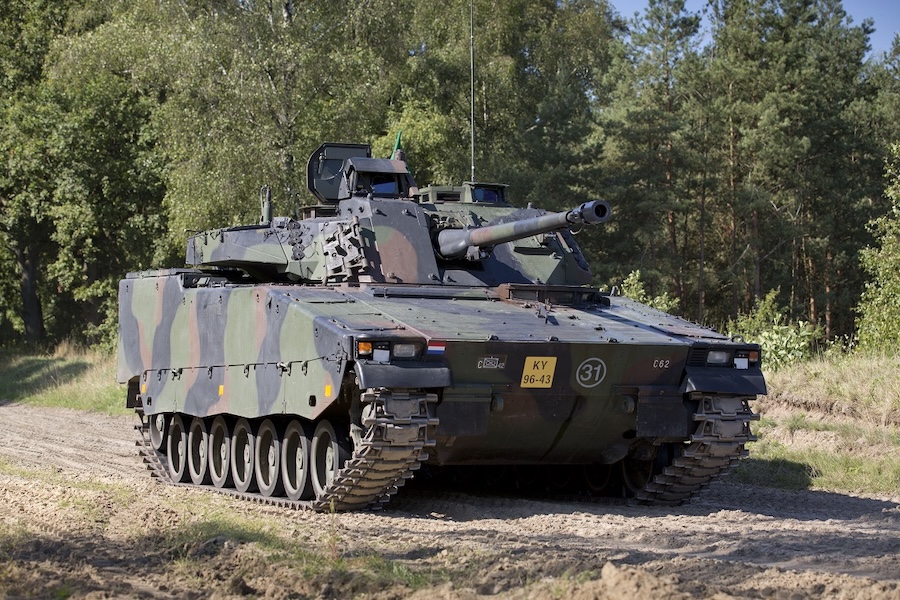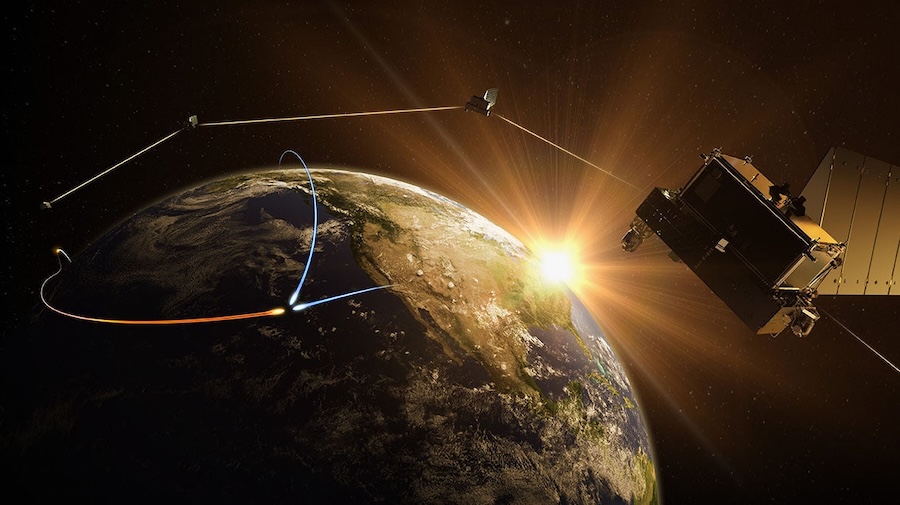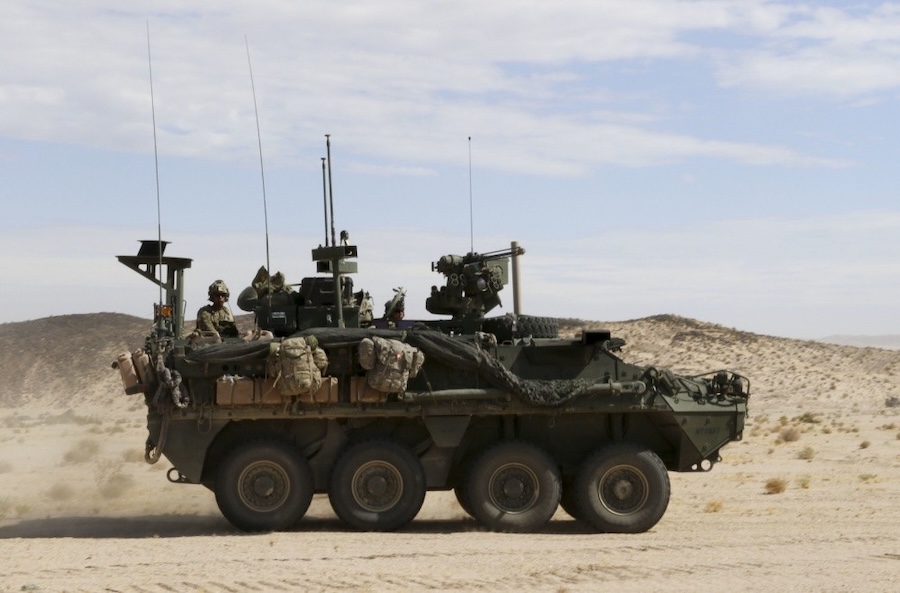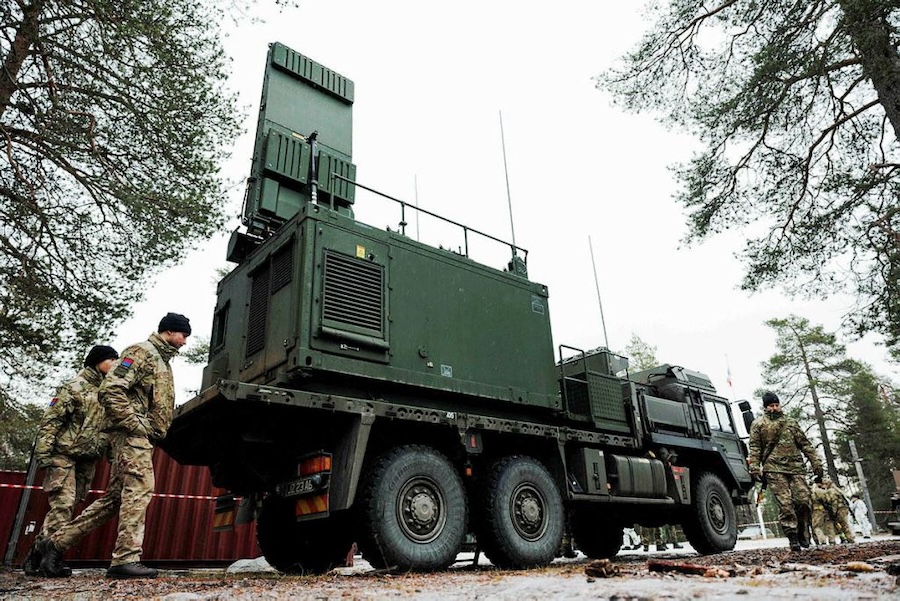The Orca XLUUV is among several unmanned maritime systems being developed to enhance operational capabilities and extend the reach of the fleet. “Getting Orca into the hands of our warfighters will help us get after my project 33 targets because she is another player – with some really unique capabilities – on the field in America’s Warfighting Navy,” said Adm. Franchetti.
She emphasised the significance of unmanned platforms in maintaining the Navy’s warfighting edge. “Orca, and other platforms like her, are an important step forward as we drive towards our future hybrid fleet, which is going to be composed of manned and unmanned platforms,” Franchetti remarked.
The Orca and other autonomous systems offer strategic advantages, reducing risks to personnel while increasing flexibility and lethality. Adm. Franchetti noted, “I have no doubt that Orca will contribute to our future lethality, to our warfighting effectiveness, and further bolster our ability to deter any potential adversaries.”
The first Orca vehicle, XLE-1, has completed construction and is undergoing pierside and at-sea testing at Marina Shipyard. Delivery to the Navy is expected in early 2025, followed by developmental and operational testing through the third quarter of fiscal year 2025. UUVRON 3 will oversee crew certification, preparing XLE-1 for deployment.
As outlined in the CNO’s Navigation Plan for America’s Warfighting Navy, integrating proven robotic systems is part of the Navy’s “Project 33” targets. These initiatives aim to strengthen readiness and enhance capabilities in anticipation of potential future conflicts.




